Table of content
Frozen durian has become a global sensation, beloved for its ability to preserve the iconic tropical fruit’s flavor and texture for extended periods. However, a common question lingers among enthusiasts and newcomers alike: Can frozen durian be consumed directly after thawing, or does it require additional preparation? This article delves into the science, safety, and culinary practices surrounding frozen durian, equipping readers with the knowledge to enjoy this polarizing fruit safely and deliciously.
The Thawing Process: Science and Safety
To understand whether thawed frozen durian is ready-to-eat, one must first grasp the thawing process. Freezing durian halts enzymatic activity and microbial growth, preserving its quality. However, thawing reverses this process, reactivating both natural enzymes and any dormant bacteria. The U.S. Department of Agriculture (USDA) emphasizes that thawing food safely is critical to preventing foodborne illnesses.
Thawing Methods Matter
- Refrigerator Thawing: The safest method involves transferring frozen durian to the refrigerator, where it thaws gradually at 40°F (4°C) or below. This slow thaw minimizes bacterial proliferation. A 1-pound (450g) package may take 6–8 hours, making it ideal for overnight preparation.
- Cold Water Thawing: Submerging sealed frozen durian in cold water reduces thawing time to 1–2 hours. However, the water must be changed every 30 minutes to maintain a safe temperature.
- Microwave Thawing: While quick, this method risks partial cooking, altering texture and potentially creating uneven thawing zones where bacteria could thrive.
Can You Eat It Immediately After Thawing?
Technically, yes—but with caveats. If thawed using refrigeration or cold water, and consumed within 2 hours, the durian is safe. However, microbial risks escalate if thawed at room temperature or leftunrefrigerated for extended periods.
Food Safety: Bacterial Risks and Prevention
Frozen durian, like any frozen food, is not sterile. Pathogens like Listeria monocytogenes or Salmonella may survive freezing and reactivate during thawing. A 2021 study in the Journal of Food Protection highlighted that improper thawing accounts for 15% of frozen food-related illnesses.
Signs of Spoilage
Even after thawing, durian may spoil. Look for:
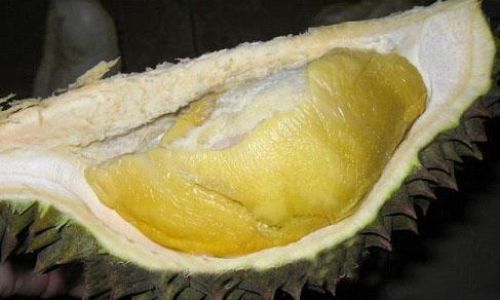
- Off Odors: A fermented or alcoholic scent indicates bacterial activity.
- Texture Changes: Unusually mushy or slimy segments suggest degradation.
- Mold: Fuzzy growth, though rare in properly frozen durian, warrants discard.
Pro Tip: Always thaw durian in its original packaging or an airtight container to prevent cross-contamination.
Texture and Flavor: Does Thawing Alter the Experience?
Durian’s creamy, custard-like texture is central to its appeal. Freezing and thawing, however, can impact this characteristic:
- Cellular Damage: Ice crystals form during freezing, puncturing cell walls. Thawing releases moisture, sometimes resulting in a slightly grainier texture compared to fresh durian.
- Flavor Intensity: Some enthusiasts argue that thawed durian loses aromatic volatility, while others detect enhanced sweetness due to sugar concentration during freezing.
Culinary Applications:

- Direct Consumption: Perfect for those who prioritize convenience over texture perfection.
- Blended Uses: Thawed durian shines in smoothies, ice creams, or baked goods, where texture differences are less noticeable.
Expert Opinions and Cultural Practices
Chefs and food scientists offer divided perspectives:
- Dr. Elena Lopez (Food Scientist): “Thawed durian is safe if handled correctly, but texture variations are inevitable. Consider it a different product, not a substitute for fresh.”
- Chef Raj Patel: “In Southeast Asian cuisine, frozen durian is often preferred for desserts like es teler (Indonesian shaved ice), where its softer texture blends seamlessly.”
Culturally, Malaysia and Thailand have long used frozen durian for year-round availability, with street vendors often thawing portions on demand.
Storage Tips: Maximizing Shelf Life
Proper freezing and storage extend durian’s lifespan while maintaining quality:
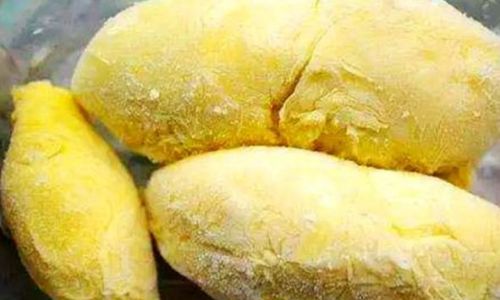
- Pre-Freezing Preparation: Remove seeds and segment the flesh into airtight containers or vacuum-sealed bags.
- Labeling: Note the freeze date to track the 6–12 month recommended storage period.
- Avoid Refreezing: Thawed durian should not be refrozen, as repeated freezing accelerates texture deterioration.
Debunking Myths: Freezing and Nutritional Value
Contrary to popular belief, freezing does not significantly reduce durian’s nutritional profile. A 2022 analysis in Food Chemistry confirmed that vitamins C and B-complex, along with minerals like potassium and magnesium, remain largely intact post-freezing. However, prolonged storage (over 12 months) may lead to gradual nutrient degradation.
Environmental and Economic Considerations
Frozen durian offers sustainability benefits by reducing food waste. A 2023 report by the Food and Agriculture Organization (FAO) noted that frozen fruit extends shelf life by 300–500%, curbing the 1.3 billion tons of global food waste annually. For consumers, frozen durian is often more affordable than fresh, making it accessible year-round.
Conclusion: To Eat or Not to Eat?
The answer hinges on safety practices and personal preference:
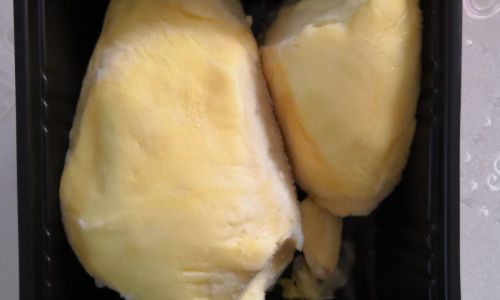
- Safety First: Thaw using refrigeration or cold water, consume promptly, and discard if signs of spoilage emerge.
- Texture Tolerance: Accept mild changes for direct consumption, or repurpose thawed durian into recipes where texture is less critical.
Ultimately, frozen durian is a convenient, safe, and versatile option when handled correctly. Whether you savor it straight from the thaw or transform it into culinary creations, this “king of fruits” continues to delight palates globally—even in its frozen state.
Final Recommendation: Treat thawed durian with the same caution as perishable dairy products. When in doubt, trust your senses—and never hesitate to prioritize safety over spontaneity.



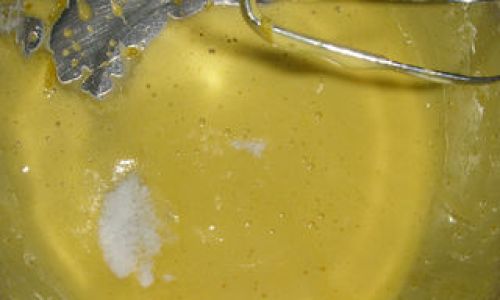
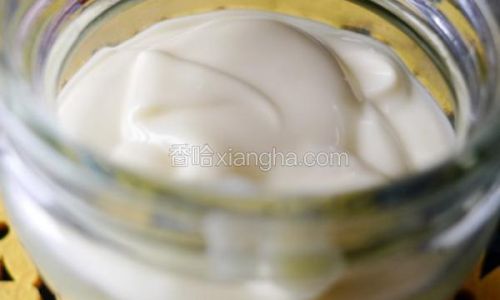

0 comments